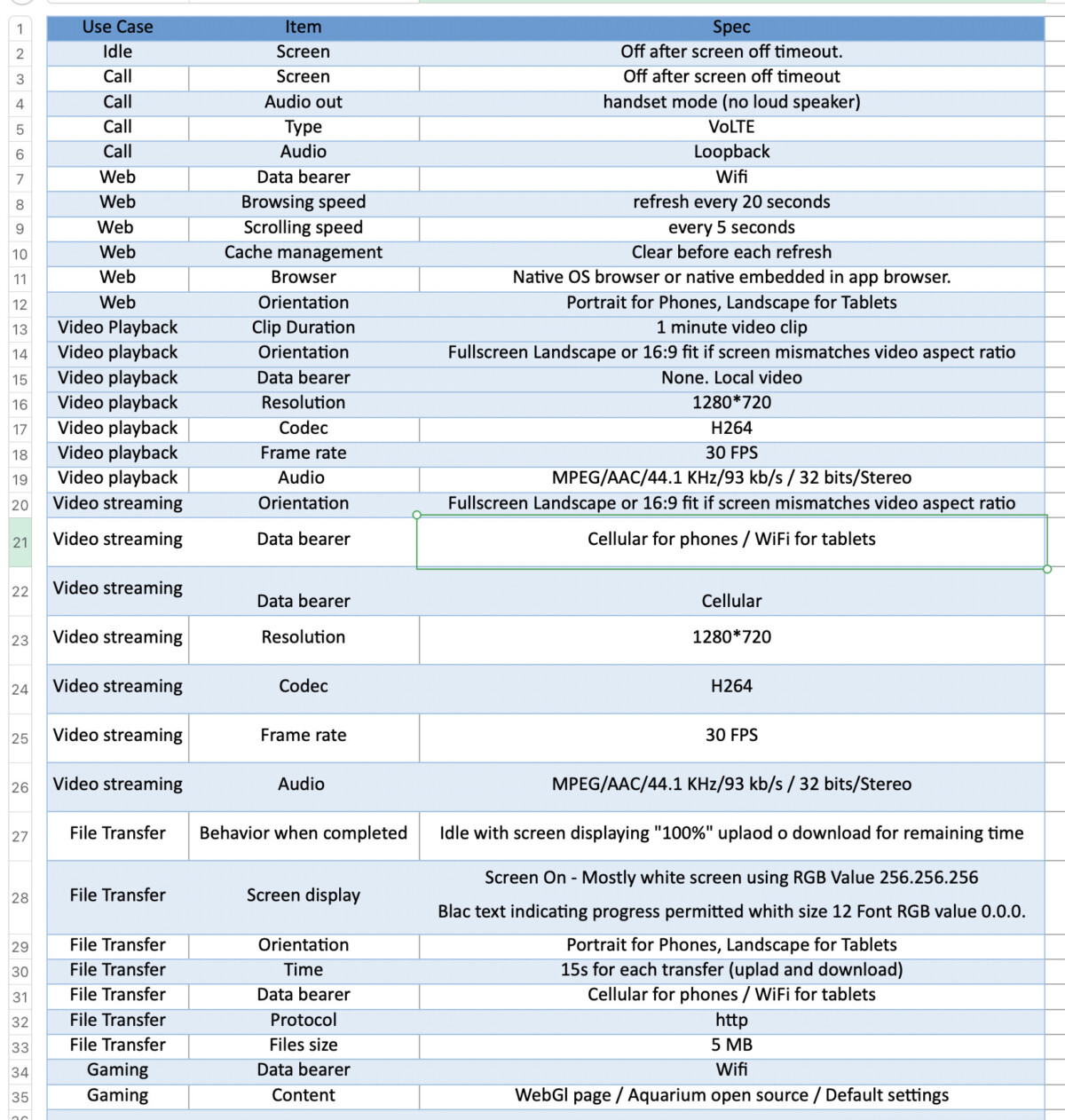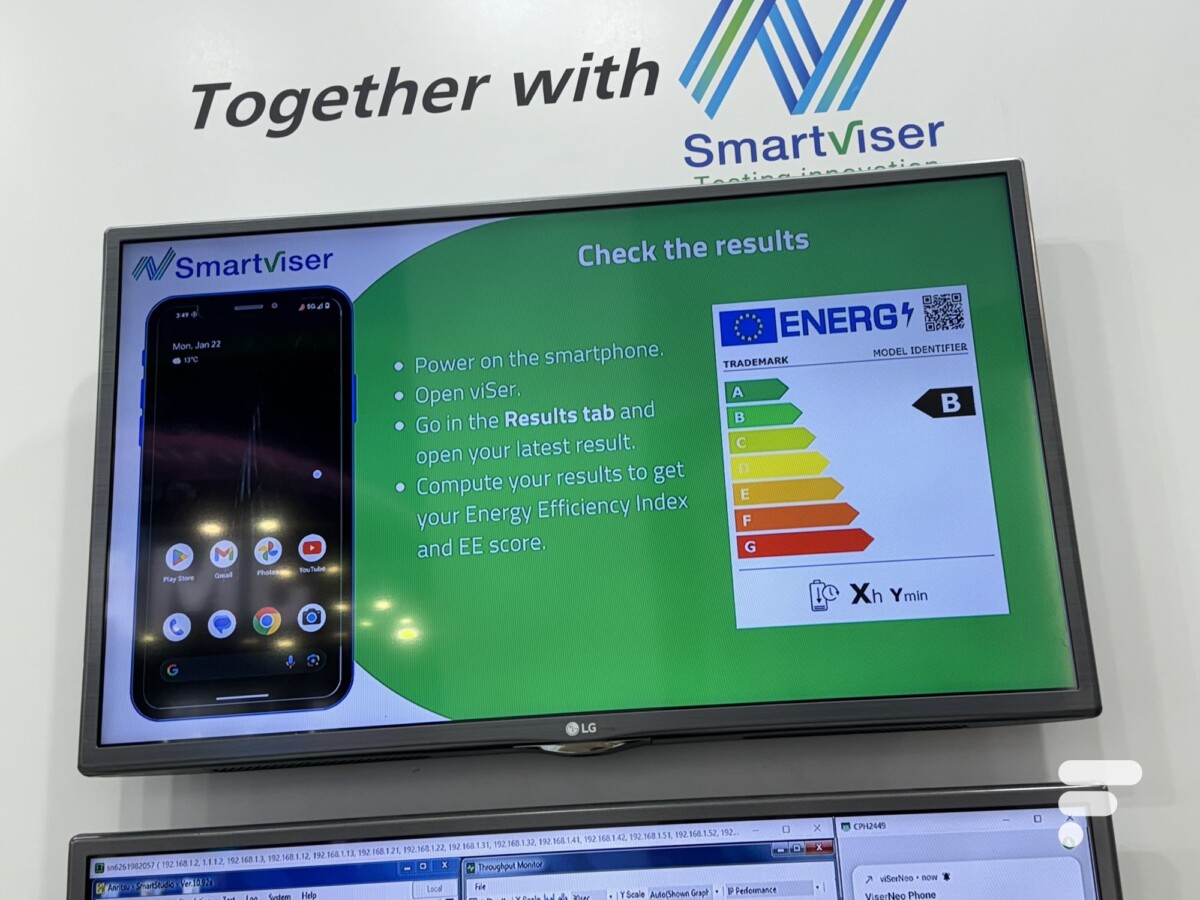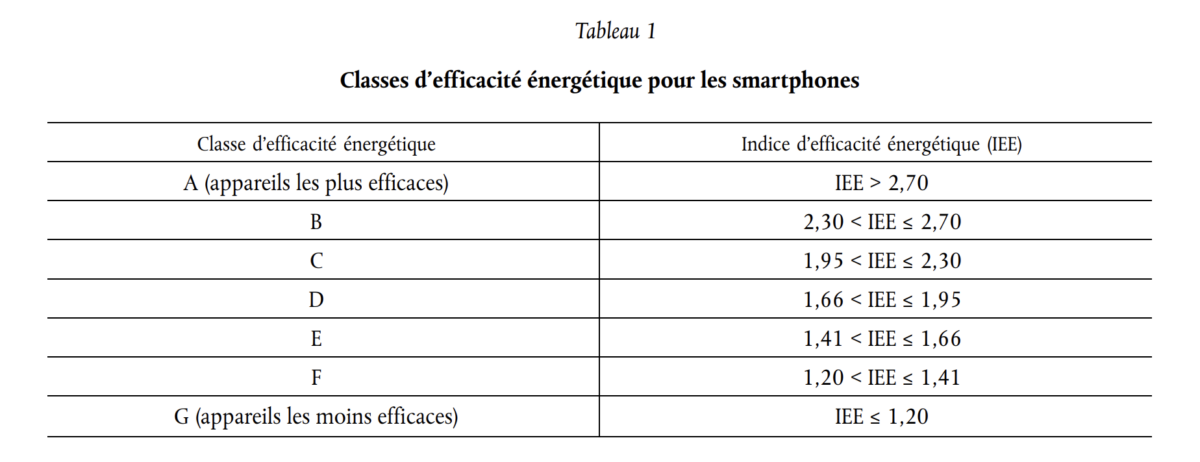If you haven’t followed, the European Union will impose an energy label: we will be able to know the autonomy of a smartphone. Here are some details on what’s coming in June 2025.
If you haven’t been following, the European Union is stepping in with a new regulation that will be a game-changer for the purchase of smartphones and tablets.
From June 20, 2025sellers will have to display information on the devices, via energy labeling, in particular on their autonomy with the letter of the energy efficiency class.

This is a revolution for us, consumers, who often struggle to understand what “24 hours of battery life” means in real life.
Until now, it was not easy to compare the autonomy of smartphones. Each brand plays by its own rules, making any direct comparison complicated. For our part, we have our test protocol, developed hand in hand with Viser, but we do not test all smartphones.
The EU enters the scene with a game-changing protocol. No more fuzzy estimates: we are now talking about a method that calculates energy efficiency by taking into account the actual consumption of the phone and the capacity of its battery. Result ? A super accurate range estimate in hours and minutes, with a grade from A to G. Clear and clear.

Here is the protocol that allows you to know the autonomy of smartphones
The protocol in question was developed with the French company Viser, our partner for several years. It covers everything we do with our phones: surfing on 4G, checking social networks on Wi-Fi, taking our minds off games, making phone calls, and even the time spent on standby.

5G isn’t in the game yet, but it will come. To give an idea, testing a phone is a three-day marathon in a cage, with a network simulator and Viser software. Several tests must be carried out, so allow a minimum of one week per device. The cost of this material? 200,000 euros per machine.

And, nothing is left to chance, especially not software or hardware updates. As soon as a smartphone undergoes a transformation, whether it is a revision of its internal components or an update of its operating system (such as a switch to the new version of iOS or Android), it must go through again. the test bench. And for good reason, these changes can significantly affect the energy consumption of the device, and therefore its autonomy.

Manufacturers are forced to jump on the bandwagon, because all devices sold from June 2025, new or old models (still on sale), must go through the test box. The EU has even provided for monitoring committees that keep an eye on things and will carry out regular checks. If a manufacturer ignores this rating, it will be forced to pay a fine.
Obviously, this protocol is not without limits. For the moment, the tests focus exclusively on 4G connectivity, leaving aside 5G, which is increasingly widespread and whose impact on energy consumption could be different.
In addition, the brightness of the screens is standardized at 200 nits for all tests, a measurement which does not reflect the real use of devices capable of reaching much higher peaks of brightness, particularly in HDR where they can exceed 3000 nits .
Finally, it is crucial to keep in mind that these tests are carried out in a laboratory environment, which, despite its precision, cannot fully reproduce the varied and sometimes unpredictable conditions of daily use.
This remains, despite everything, an important development towards greater transparency and reliability in the evaluation of the autonomy of smartphones, which offers consumers more precise information to guide their choices.
The European Union’s ambition goes beyond simply informing, it aims to encourage manufacturers not to play with the one-upmanship regarding the continued increase in battery capacity. The challenge is to push towards further optimization of the energy consumption of devices.

Early trends show that many smartphones end up with grades between C and E. For the moment, some brands like Apple are doing well: iPhones have a small battery capacity and low energy consumption.
The European Union will put the complete list of smartphones online, on a dedicated website, accompanied by their respective scores and results. This will be a super useful tool for us, consumers, to make the right choice.
Next, battery durability
The EU does not stop there and plans to tackle the issue of battery durability (number of cycles before the battery capacity falls below 80%). However, the protocol envisaged is extremely demanding, involving tests which extend over a considerable period, of the order of 12 to 15 months, in order to faithfully simulate real charge and discharge cycles.
This approach, although interesting, comes up against major practical and financial constraints. With the time it takes and the astronomical costs it involves, one might wonder if it is really realistic to put this in place any time soon.
Did you know ? Google News lets you choose your media. Don’t miss Frandroid and Numerama.
